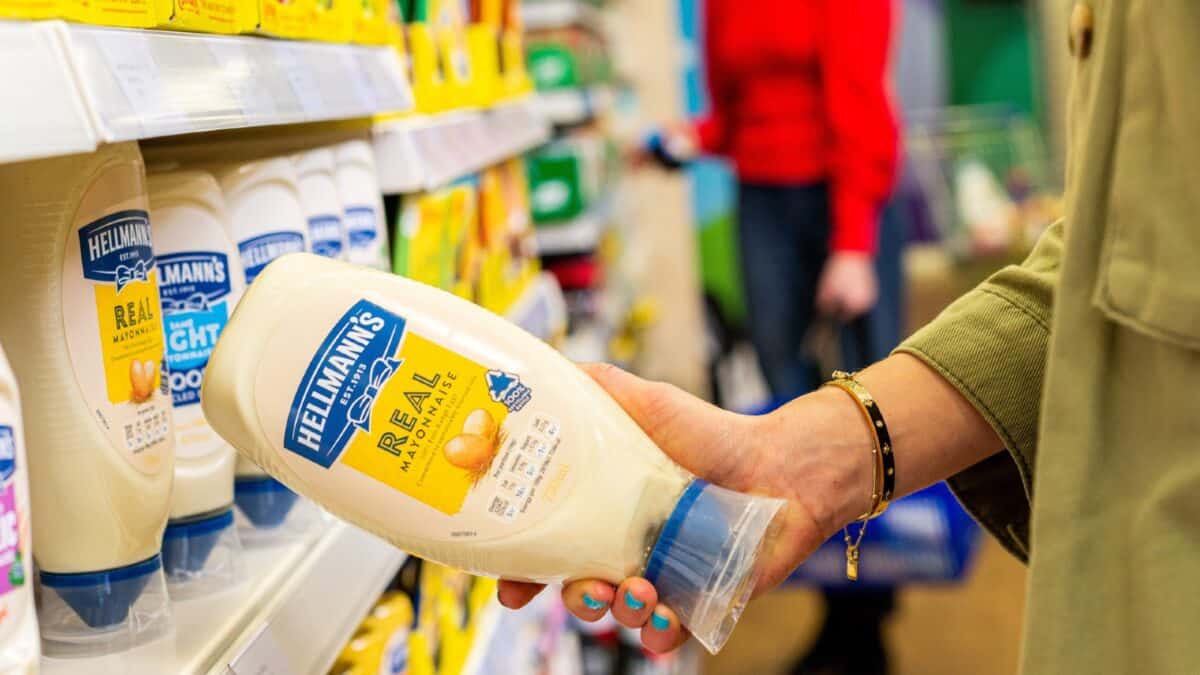The Unilever (LSE:ULVR) share price jumped today (8 February) as its full-year results didn’t disappoint. The stock’s been on a downward trajectory throughout most of 2023 as demand for premium products suffered in light of inflation.
With families opting for cheaper alternatives, sales volumes have been slowly shrinking. Or at least, they were until now.
Volumes are finally rising again
During the first three quarters of 2023, overall sales volumes fell by 0.2%, 0.2%, and 0.6% in sequence. Management was able to offset this impact through price hikes, enabling overall underlying sales growth to continue moving in the right direction.
Successfully exercising its pricing power is obviously an encouraging sign. After all, it’s a strong signal that consumers are happy to pay a premium for Unilever’s brands with a reputation for quality, even during a cost-of-living crisis.
However, even the most popular brands in the world have a limit on how much they can charge. That’s why it’s critical to pursue good volume performance as well.
Fortunately, it seems management has done just that. In an encouraging turn of events, sales volumes in the fourth quarter jumped 1.8%, elevating the full-year level into positive territory, albeit by just 0.2%. As such, total underlying sales growth landed 7% ahead of management’s 5% target, providing a pleasant surprise for investors.
In terms of reported results, total turnover did shrink 0.8% to €59.6bn (£50.9bn). However, this slide ultimately stemmed from unfavourable foreign exchange rates rather than a fundamental problem with its products.
A closer look at divisions
Across all its segments, Beauty & Wellbeing appears to be leading the charge, helping drive up full-year figures ahead of expectations.
| Q4 Underlying Sales Growth | Q4 Underlying Volume Growth | Full-Year Underlying Sales Growth | Full-Year Underlying Volume Growth | |
| Beauty & Wellbeing | 7.9% | 6.3% | 8.3% | 4.4% |
| Personal Care | 6.4% | 2.5% | 8.9% | 3.2% |
| Home Care | 1.7% | 0.8% | 5.9% | -0.9% |
| Nutrition | 4.7% | -1.1% | 7.7% | -2.2% |
| Ice Cream | -0.4% | -0.8% | 2.3% | -6.0% |
However, as encouraging as these results are, they’re not without blemishes. Across all its segments, Unilever is having to tackle increasing levels of competition from private-label manufactures, especially in Europe and the United States.
As a consequence, the firm’s market share is actually shrinking. Despite setting a goal of 50%, control in the second quarter of 2023 stood at 41% before shrinking to 38% in Q3 and now 37% in Q4.
Needless to say, that’s not the sort of trend investors want to see. Management has said it’s moving quickly to address this growing problem. Yet the details regarding its plan to recapture market share are so far few and far between.
The bottom line
Overall, these latest results came with a sigh of relief for many investors as Unilever and its share price appear to be getting back on track. Pairing this with a relatively cheap price-to-earnings multiple of 14 suggests the stock could be a buying opportunity for investors seeking to diversify their portfolio into the consumer products space, I feel.








